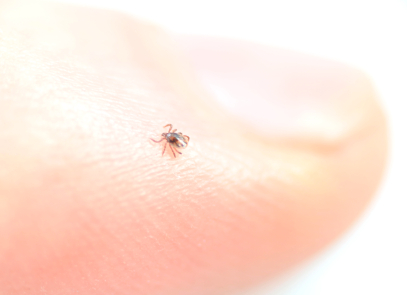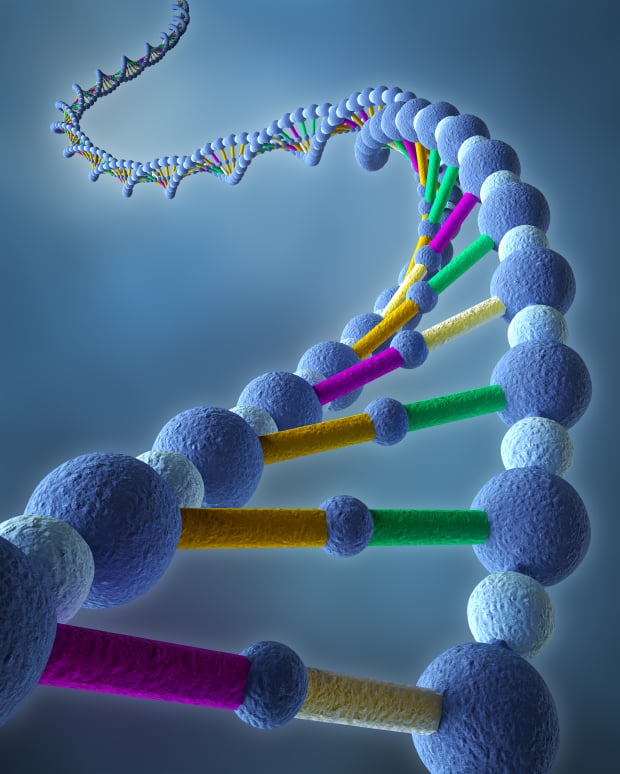Methylation, a Chemical Reaction Critical to Life
We are carbon-based creatures, chock full of carbon containing molecules. So it should come as little surprise to you that one of the most important chemical reactions in all of life simply sticks one carbon and 3 hydrogens together to form a methyl group, and that adding that on to molecules (called methylation) to transform them into other molecules is a chemical reaction that is critical to life. Dozens of methylation reactions exist in our bodies, which perform many diverse tasks. Notable examples are the synthesizing of melatonin to help with sleep, making special lipids (phospholipids) that cell membranes are primarily composed of, slowing down cell division to prevent cancer and causing the main fight/flight neurotransmitter (noradrenalin) to go away so we can relax.
Generally, those who are genetically less capable of methylation or adding a carbon group on to a molecule to turn it into another molecule, are diagnosed as having “methylation defects,” as if such people are genetic misfits. In fact, one can make the opposite case. Methylation “defective” people are often more productive, robust workers, emotionally sensitive and creative, because they are less capable of metabolizing away the primary, fight/flight neurotransmitter, noradrenalin, from their brains.
Genetics or Personality?
The down side to being an “under-methylator”, as I am, is a tendency to be more compulsive, perfectionistic, anxious, addiction-prone and moody. In our younger years, when we are more physiologically able to withstand extra fight/flight, sympathetic stress, those of us who are under-methylators can become over-achievers. We are driven by our genetics to work harder and make more money. We can appear to be extroverted movers and groovers, and be attractive as mates, which is why these genes are so common. We pass them on during our reproductive years to produce under-methylating children. Later, after midlife and the child-bearing years, the extra sympathetic stress caused by under-methylation tends to take its toll in the form of higher cancer and heart disease rates.
.png?width=305&height=132&name=NIHAlogoBLUE_3_transparent%20(2).png)






